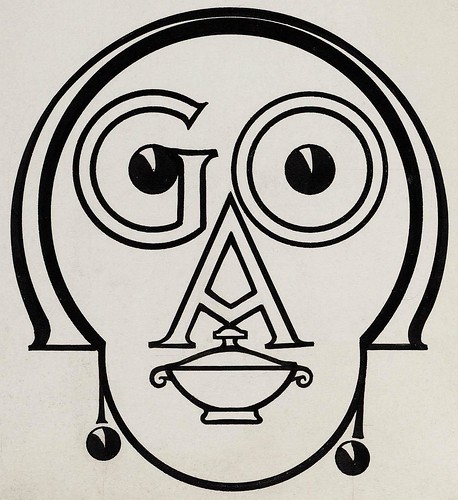

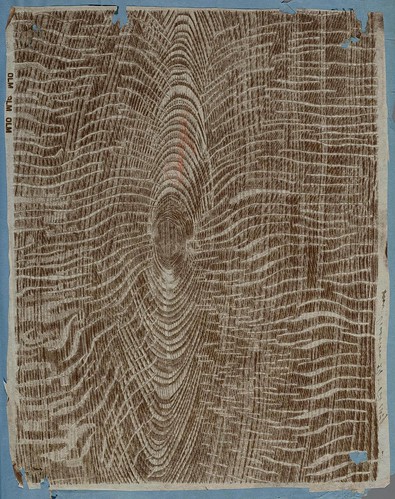
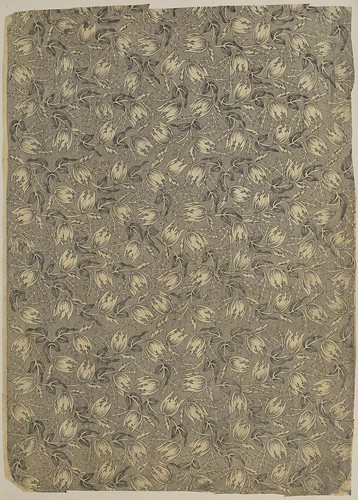
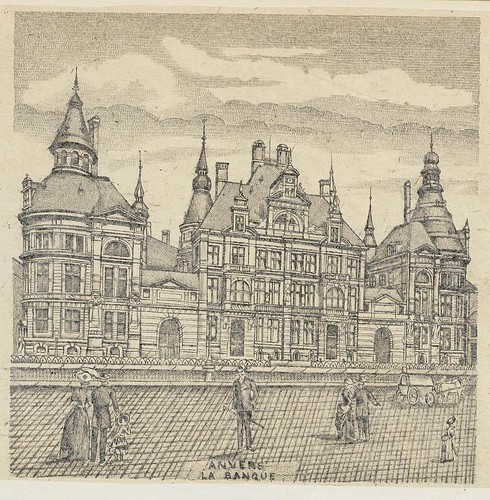
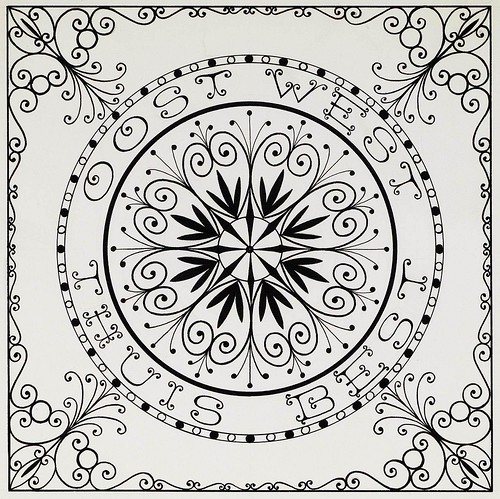
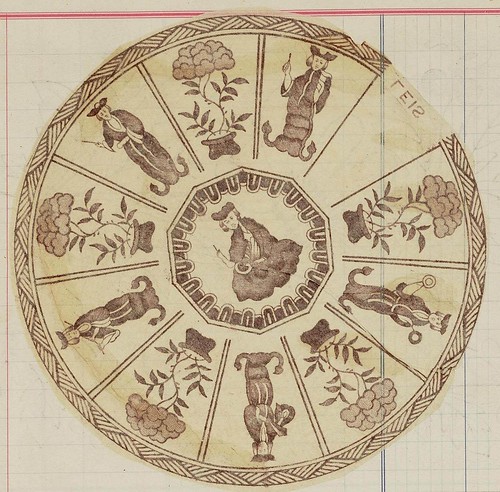

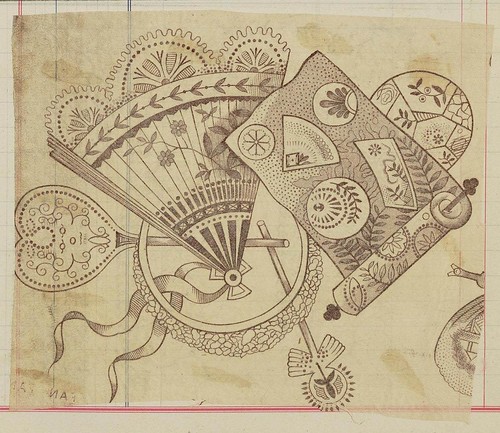
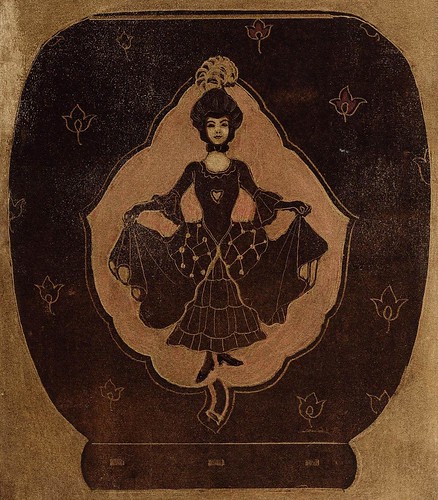

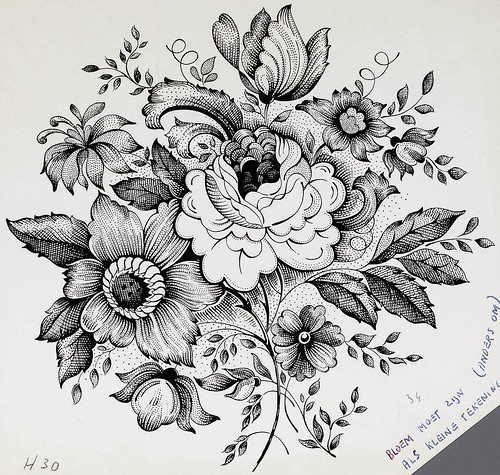
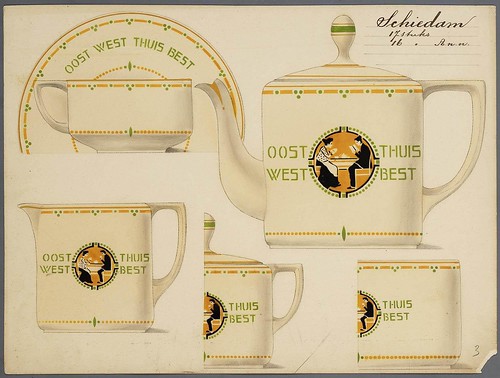
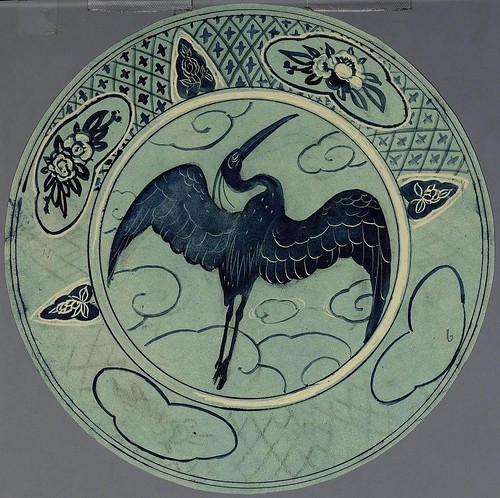
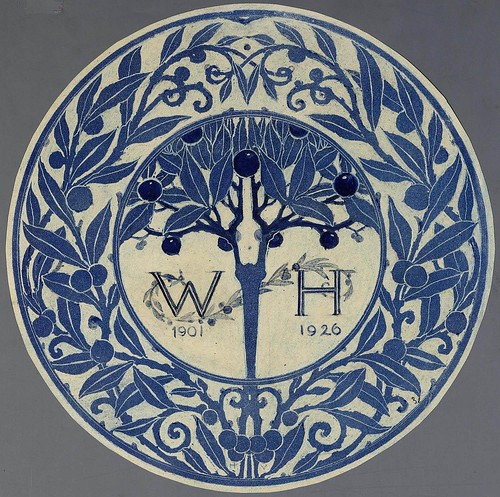

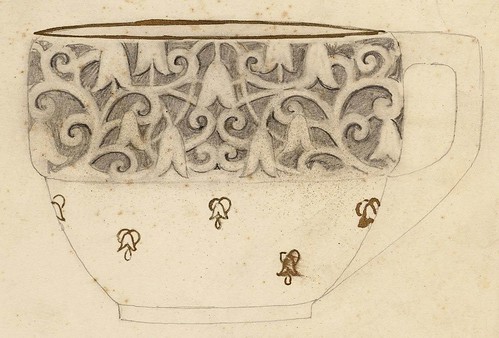
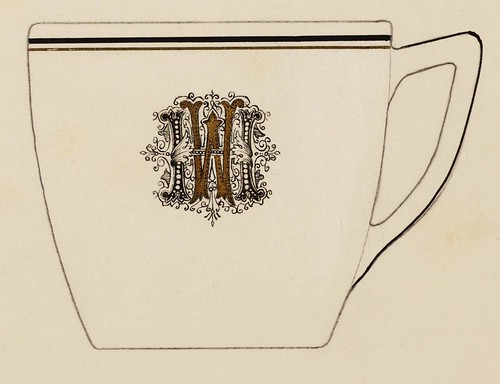
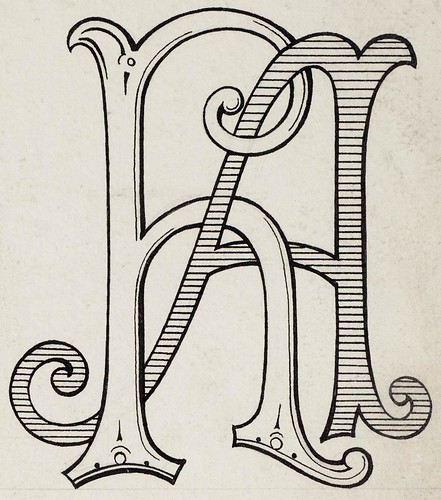
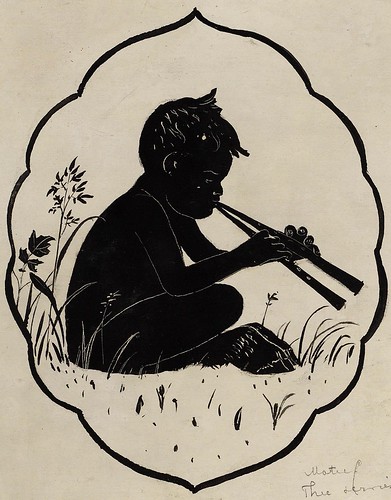
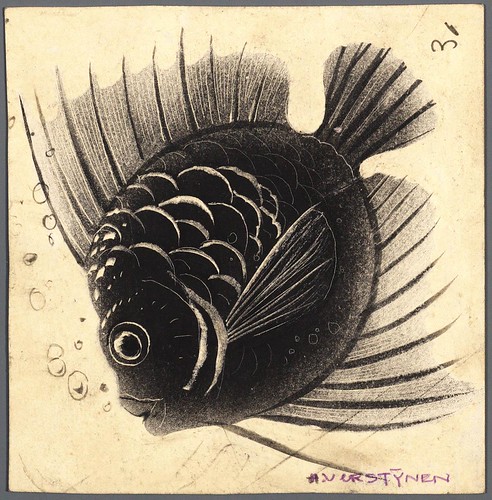
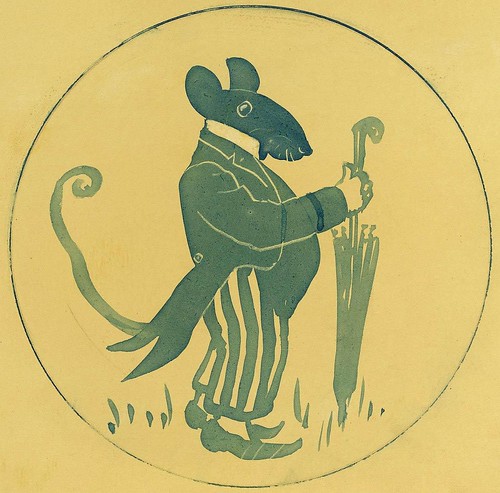
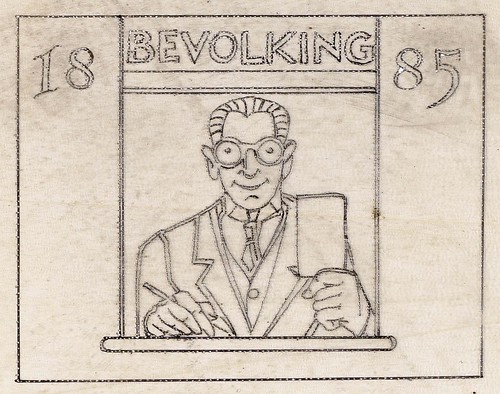
Petrus Regout (a name associated with worker exploitation even today) started a modern earthenware production factory in Maastricht, the capital of the far South-Eastern Dutch province of Limburg, in 1836.
Entrepreneurs, sensing an opportunity on the back of Regout's success, established competing pottery factories in the area (including Société Céramique), but none was as successful as Regout's firm. By the end of the century, Regout's eponymous business had been renamed Sphinx and was an important regional employer. The pottery industry as a whole reached its zenith in Maastricht just prior to World War I, supplying 70% of the city's industrial employment and producing ceramic plates, cups, jugs and associated earthenware and porcelain products for the world market.
Sphinx and Société Céramique merged in 1958 but the resulting company ceased operations in 1969. The images above come from in-house pottery decoration books used by each of the original companies both as design models for the artisans and also as reference guides for clients. This enormous collection consists of 17,500 (!) designs covering the gamut from logos and monograms, to geometric and abstract motifs, myriad flower and animal designs, borrowed Chinese symbols, architectural sketches and a large range of type faces (among many, many other themes).
The majority of the material available in the Maastricht Earthenware Decorations Collection was produced after 1899 but there are plenty of examples from the second half of the nineteenth century.
Two things to note: I only *just now* discovered that there is an English version of this Memory of The Netherlands collection (that's it linked up above); and also, I had a lot of trouble trying to browse this site. More often than not I had to refresh or shift-refresh pages multiple times to get the images to load or the pop-up zooming window to display the download button. Really frustrating stuff. Perhaps it was a temporary weekend glitch or there is a speed bump in the tubes between Holland and Oz; anyway, just be aware. I have saved another twenty or more images in this flickr set. There was very little accompanying information about each image that I could find and my enthusiasm and patience for collecting it was fairly drained in any event.
skip to main |
skip to sidebar


analytics
Books~~Illustrations~~Science~~History~~Visual Materia Obscura~~Eclectic Bookart.

Contact | Who?
Recommended Blogs
Blog Archives
Resource Sites
- digital nz
- library of congress
- british library
- library france
- library holland
- library spain
- library portugal
- european library
- library australia
- collections canada
- digital poland
- nypl digital
- botanicus digital
- v&a collections
- britmuseum prints
- smithsonian search
- smithsonian galaxy
- f.a.m.s.i.
- casglu'r tlysau
- rumsey collection
- manuscript catalogue
- digital scriptorium
- cesg manuscripts
- swiss manuscripts
- pecia mss blog
- digital book index
- rare book room
- online exhibitions
- primary sources
- worldcat search
- library directory
- digital librarian
- intute resources
- warburg institute
- lexilogos links
- digiwiki links
- museum blogs
- book arts web
- culture archive
- conservation articles
- art-history timeline
- visual arts
- arts journal
- artcyclopedia
- ukiyo-e
- calligraphy megapage
- penmanship
- woodblock
- coconino
- alchemy website
- health hist. img-banks
- health history links
- history network
- new advent


















4 comments :
Hi there!
Congrats for your blog. I write from Argentina and I'm always visiting it. Do you have any older post with paisley designs, i'm trying to reach some paisleys. Thank you. Florencia.
Thanks aga. I suspect there is a very occasional paisley design image in the archives here but I think you would be better off looking elsewhere to be honest. 'paisley' in google image search might be a good place to start.
The second and third designs--the b/w acute geometrical and the tree-ring ones--are phenomenal. They *are* 20th c, no? I'm asking because somethimes these modernist designs pop into the 19th century unannounced and leave just as quickly. Just curious. Lovely post.
I would feel quite secure in saying the 2nd is 20th cent. but that dendrological (is that a word?!) cross section specimen could be from any period. [but again: most of 17,500 are 20th cent.] I don't recall many (any??) dates recorded among the notes at the source database; but I was too busy swearing at the pageload problems to notice!
Post a Comment
Comments are all moderated so don't waste your time spamming: they will never show up.
If you include ANY links that aren't pertinent to the blog post or discussion they will be deleted and a rash will break out in your underwear.
Also: please play the ball and not the person.
Note: only a member of this blog may post a comment.